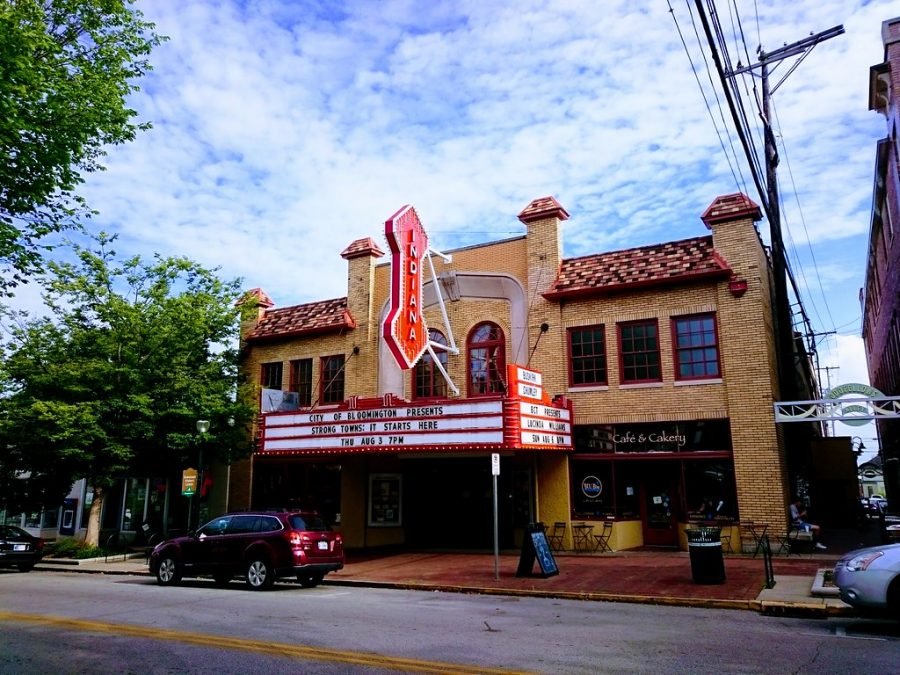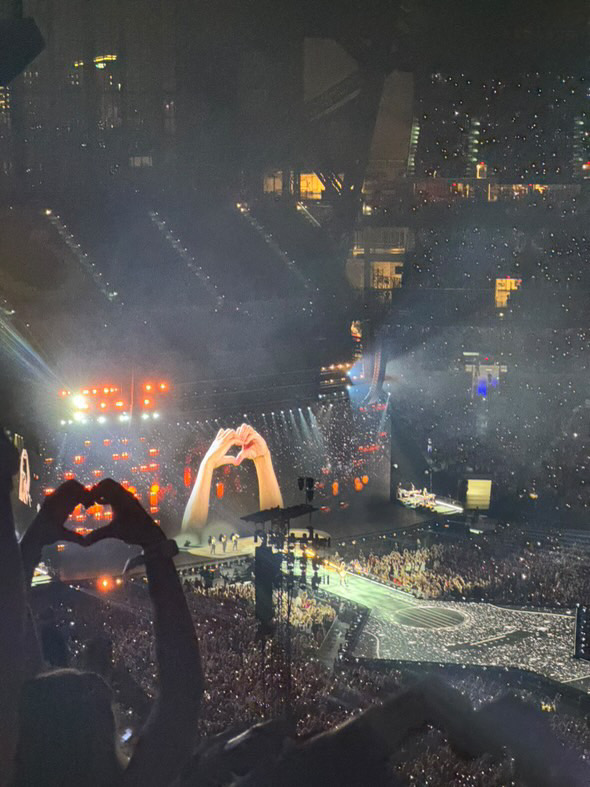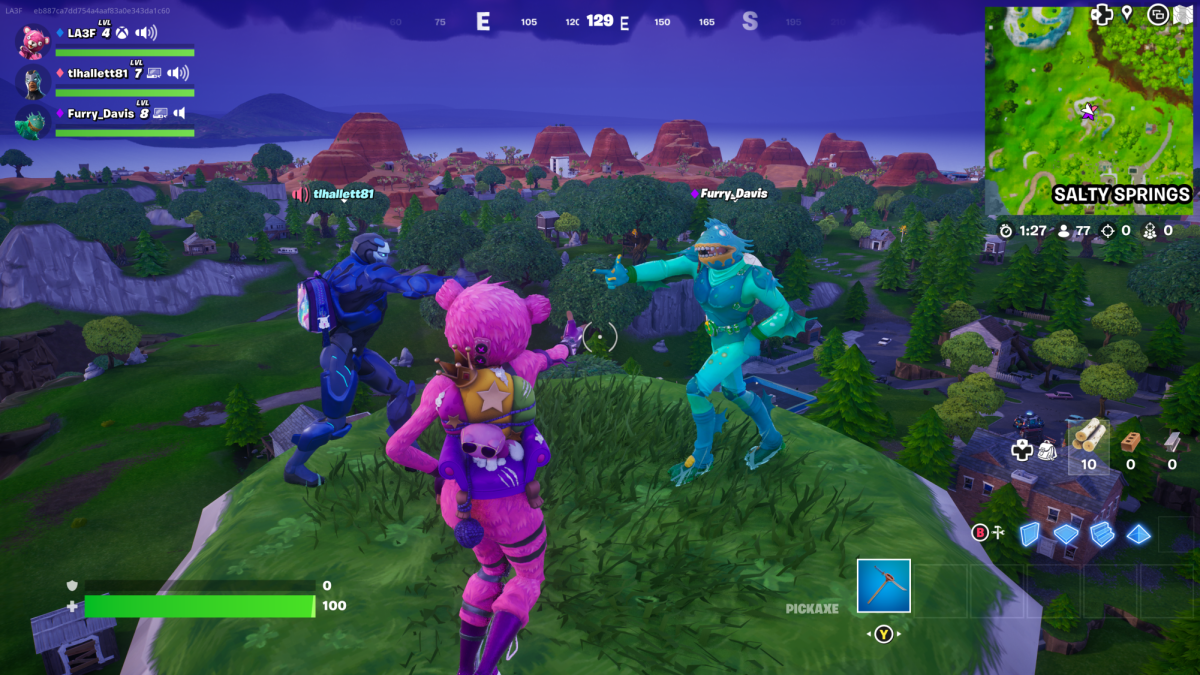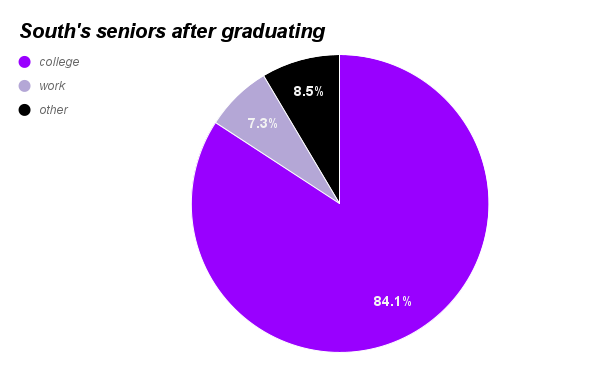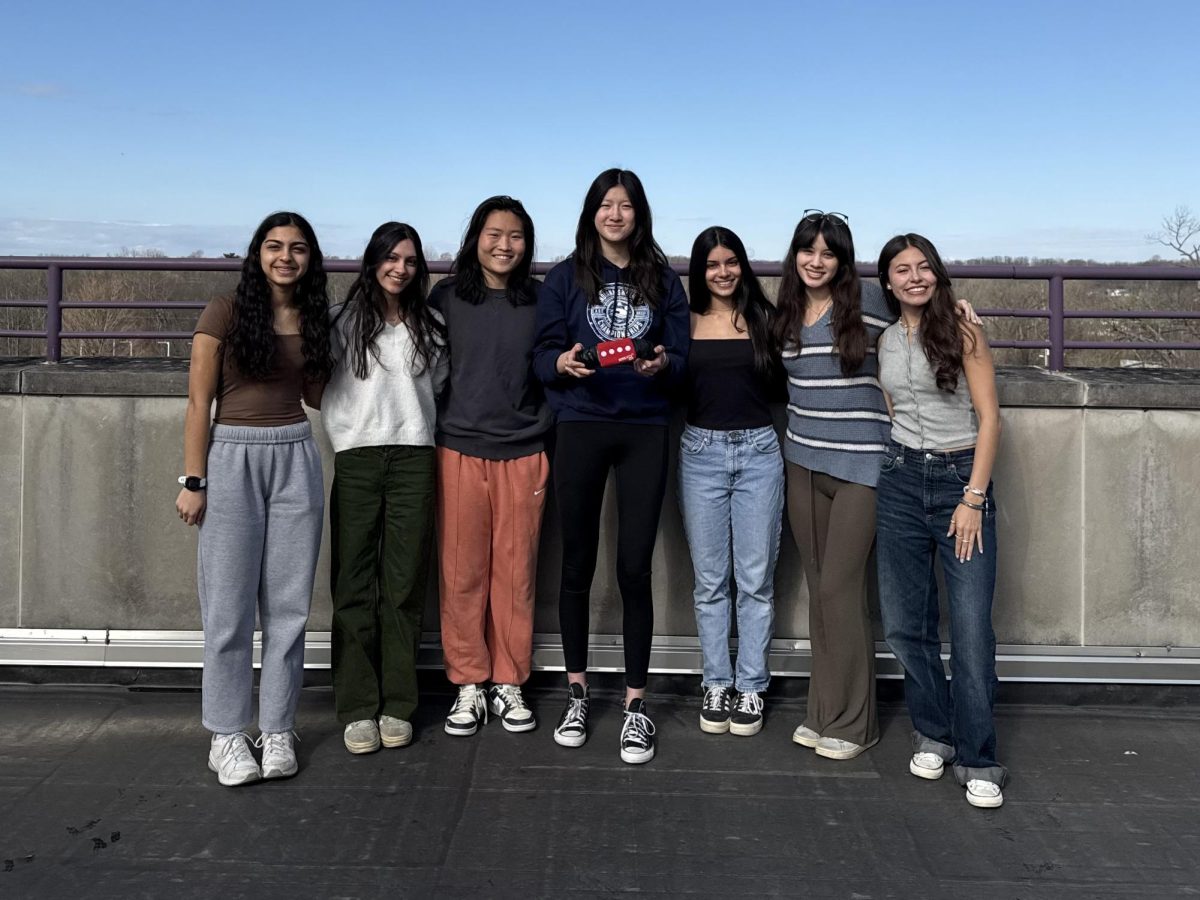The current pandemic has caused losses for many. No matter how big or small, the impact of the coronavirus has likely been felt by Americans across the country, as well as others around the world. We all understand the frustration and loneliness stemming from being boarded up at home all day, spending each hour practically pining for ways to spend our time in our house all alone.
However, for some others, their situation is drastically different. They don’t have a home.
The homeless population brings a new perspective to the consequences of a global pandemic on every community platform. They do not have the option to isolate at home from others and consequently, it is incredibly difficult for those experiencing homelessness to socially distance, whether they live on the streets or in a shelter. Along with this, the homeless population also experiences limited access to practical hygiene, and sanitary health protocols are one of the key ways to protect themselves and others from the virus.
Shelters in Bloomington have undertaken great changes in protocol in order to continue to ensure homeless people’s safety in these times of adversity. Carol Watson is one of those working around the clock, as a current board member of the Shalom Center.
“As we hear stories of people being told to quarantine in place, consider what you would do if you didn’t have a place to quarantine? You can’t go to the hospital (that is generally the first line of defense for those with no health insurance) and you don’t have a home or safe place,” Watson said. “Just doing the basics (that most of us take for granted) requires so much effort for those experiencing homelessness.”
Normal places of safety for the homeless, such as shelters and libraries, have all been restricted due to social distancing.
“There used to be places that would give homeless free food or coffee, but they are all closed, too. Since gatherings of 10 or more people are not allowed during this time, that has put pressure on shelters (such as Wheeler Mission and the Community Kitchen) to alter the way that meals are shared. People used to be able to come and chat and sit at tables together, but that is not possible during COVID-19,” Watson said.
Fortunately, Watson attributes Bloomington to be “a really responsive community” and a number of organizations have worked together to form safe areas for the homeless population to remain protected.
At Wheeler Mission, requirements such as wearing masks, using hand sanitizer, spreading the beds apart and sitting 6 feet away from each other have been put in place to protect those staying there.
“At Shalom (and Wheeler) no one enters now without having their temperature taken. If a person has a fever at all, they are denied entry,” Watson said. “Everything takes more work and volunteers must all be trained on new protocols.”
Those who had a fever were sent to an isolation center, set up as a warehouse in Bloomington and coordinated with the help of the city, IU and many volunteers. It has been a huge group effort to establish these sites.
“Then, it was learned that people were required to isolate in separate rooms, so New Hope is using the isolation center, and Shalom rented two vans- one to take people to the isolation center and the other to take people to a quarantine location in Indianapolis,” Watson added. “Finally, Shalom received a large grant that allowed it to pay for 30 nights of all the rooms at a local hotel (essentially taking over the hotel for a month).”
“Any homeless person from any of the surrounding communities has access to this quarantine space.”
While the efforts to set up such spaces have been enormous, Watson mentioned the harder struggle it has become to find volunteers during COVID-19.
“Students are gone, many volunteers are older and at high risk.”
However, there is one way that the surrounding Bloomington community can continue to assist the homeless in this time of crisis, without even needing to leave the house.
“Food scarcity is real right now,” Watson said. “Donating money or food to the food pantries is paramount. Clothes and personal supplies are always welcome.”
Watson especially recommends donating socks or underwear in the spring.
Watson is also concerned about how this pandemic will continue to affect the homeless population by possibly causing “the number of those in poverty or experiencing homelessness to expand exponentially.”
“What I can see is that there is a large number of people who live “on the edge” right now and if they have lost their job, they will lose their home, and they will lose their ability to feed themselves and their families.”
This prediction would mean a continued dedication to assisting the homeless with rallied support throughout the community.
“Then the question will be how to help get even more people back on their feet with our already limited resources,” Watson said.
“In Bloomington, my hope is that we will all continue to reach out and better understand those in poverty. I teach a one-credit class (at IU) on poverty and homelessness, and so many of the students have never given this topic a thought,” Watson said.
“They hold a lot of misunderstandings about the homeless population, however, they are more open, right now especially, to really considering both short-term and long-term efforts to address this very real and huge problem.”
